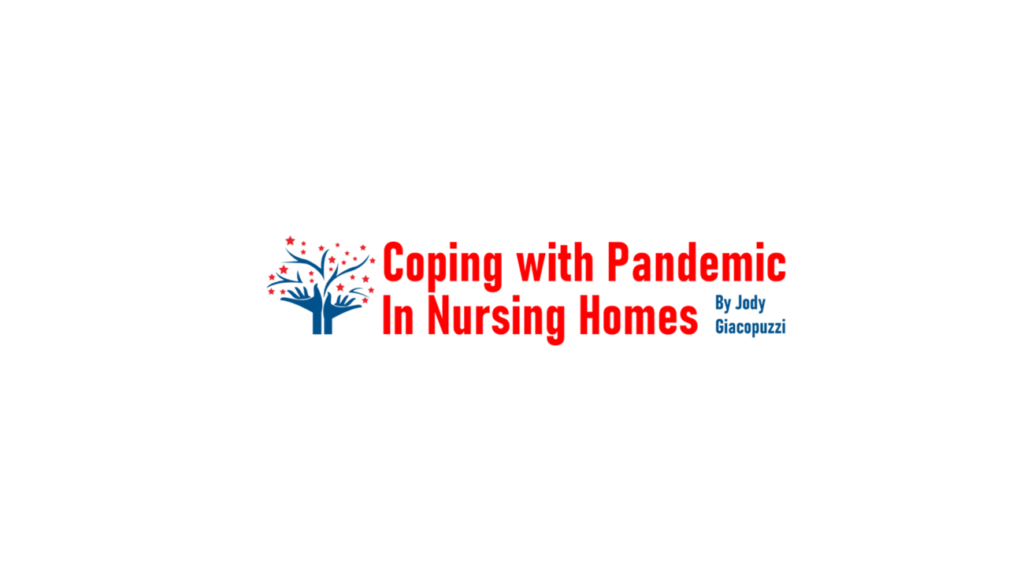
Understanding Pain in the Nursing Home Resident: An essential psychosocial issue
Persistent pain is an unfortunate reality for many nursing home residents. Compared to young to middle-aged adults, older adults are especially vulnerable to the debilitating effects of pain that lead to disability and psychological distress. It is essential that nursing home staff be able to assess and manage resident pain to improve resident quality of life.
Assessing pain is the first step in addressing pain. A good assessment considers the location, intensity, and cause (such as skin lesions or arthritis) of the pain. A scale can be helpful tool in evaluating the pain intensity. A number scale uses a line from 0 (no pain) to 10 (unimaginable pain). A FACES rating scale use faces to depict a continuum of faces from happy to crying. A resident can point to the descriptor on the scale that best represents his/her pain.
Some nursing home residents may be unable to describe the pain due to an impairment. Nursing home staff must be aware of the nonverbal and verbal cues when making an assessment. Nonverbal cues can include frowning, restlessness, and combativeness. Verbal cues can include crying and moaning.
Medical staff may prescribe medications to treat the pain or underlying cause of the pain. However, when medication is not possible or not completely effective in relieving pain, there are psychosocial solutions to pain management. Cognitive behavior therapy is a psychosocial approach that seeks to train the resident in pain-management practices such as breathing exercises, distraction, and cognitive restructuring. A second psychosocial pain management approach is emotional disclosure. In this approach residents identify and articulate how they feel about their negative experiences. Finally, mind-body interventions teach meditation, yoga, or tai-chi to improve physical and emotional well-being.
Understanding pain and what staff can do to address pain is an essential psychosocial issue that affects many nursing home residents and directly impacts residents quality of life.





